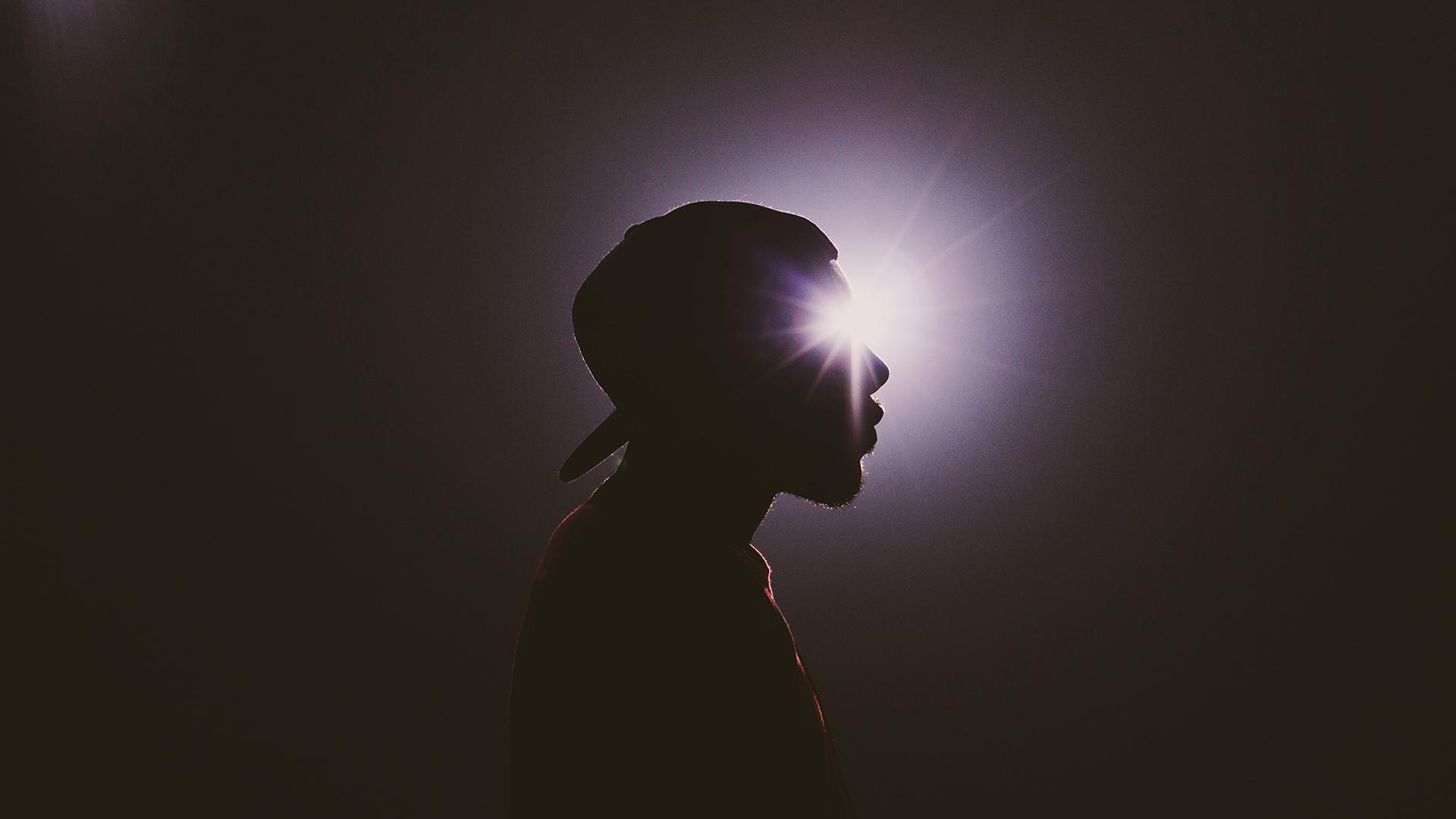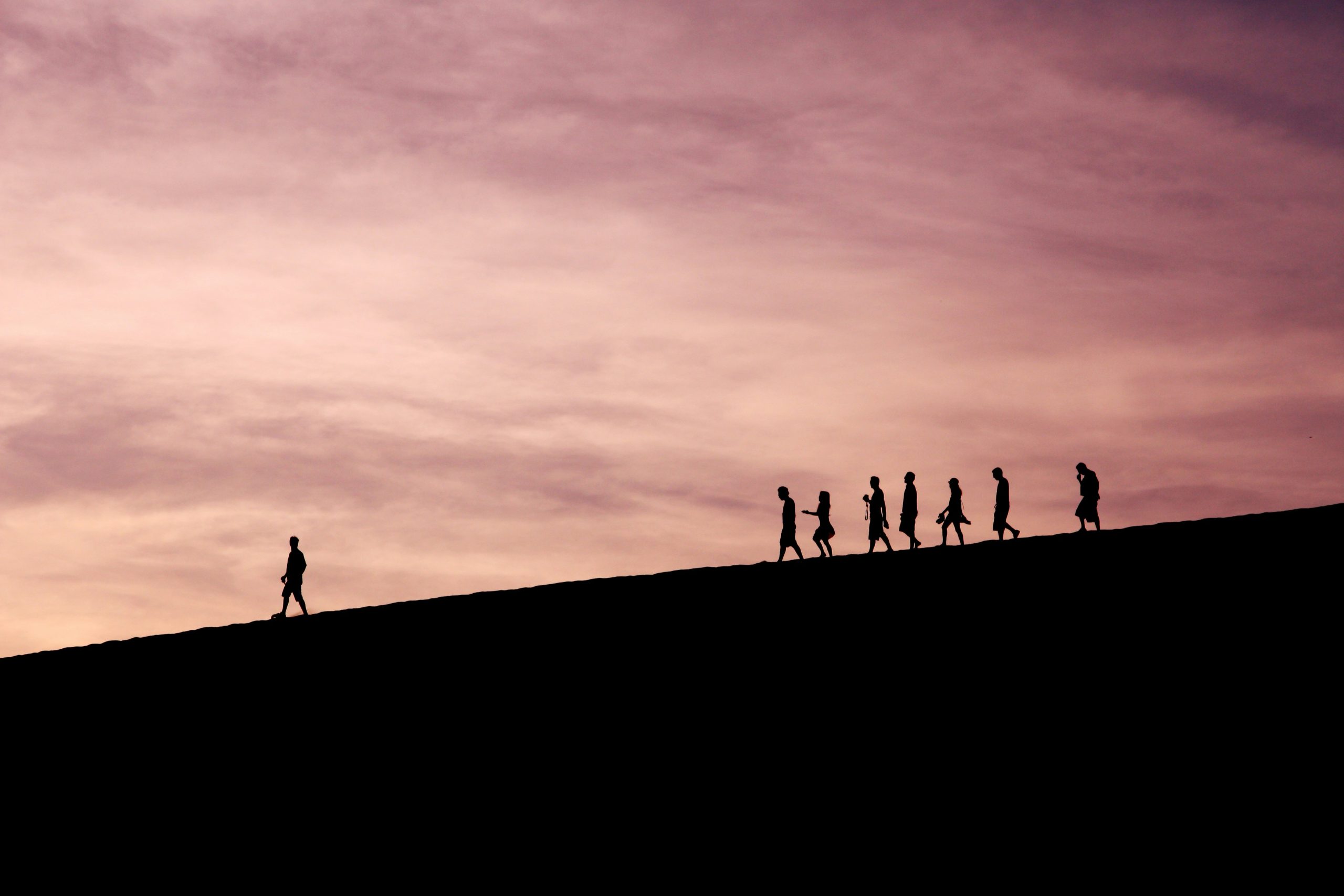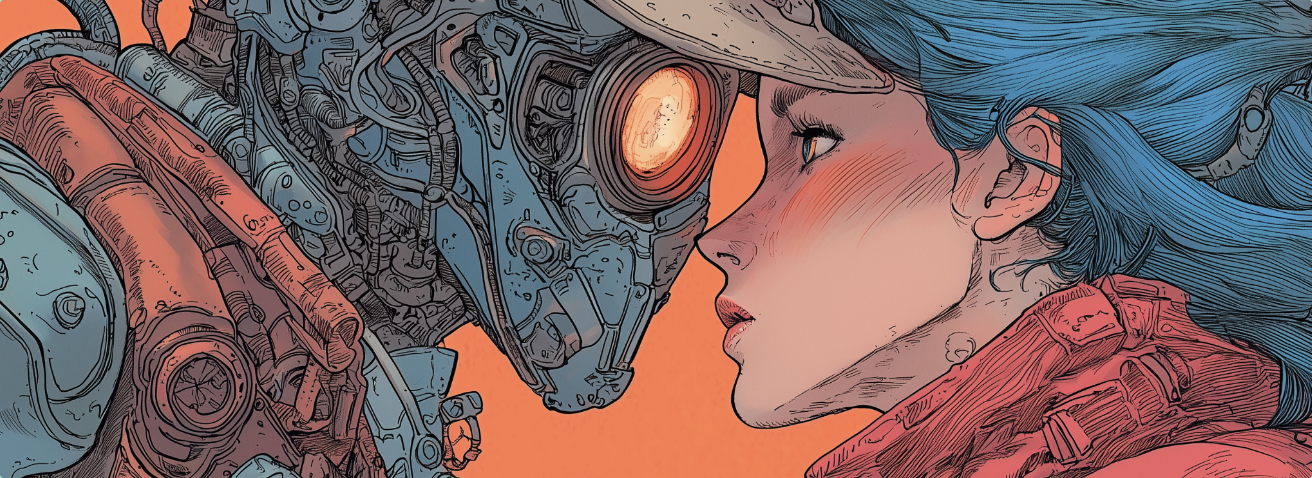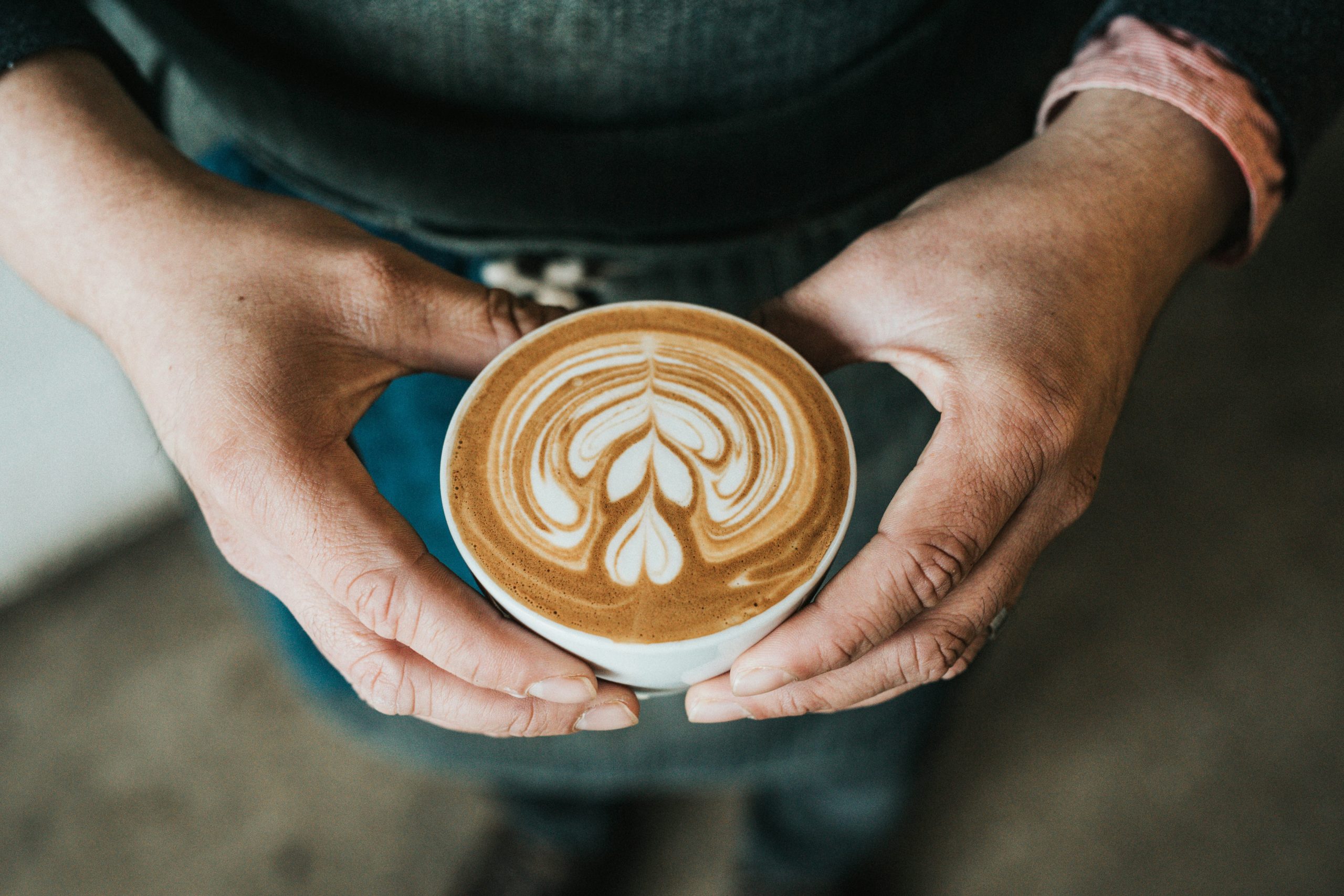The “Meat Sack Campfire”?
This is how the Season One Finale of the WXO Campfire may well be remembered… but more on that later.
It should be remembered for an inspiring, insightful, provocative Firestarter talk by Justin “JB” Bolognino on how the different parts of the Experience Economy fit together – a relationship he calls the “Map of Realities”. (For a full breakdown of the six “primary realities”, read our full debrief of Justin’s talk here or watch the full video here.)
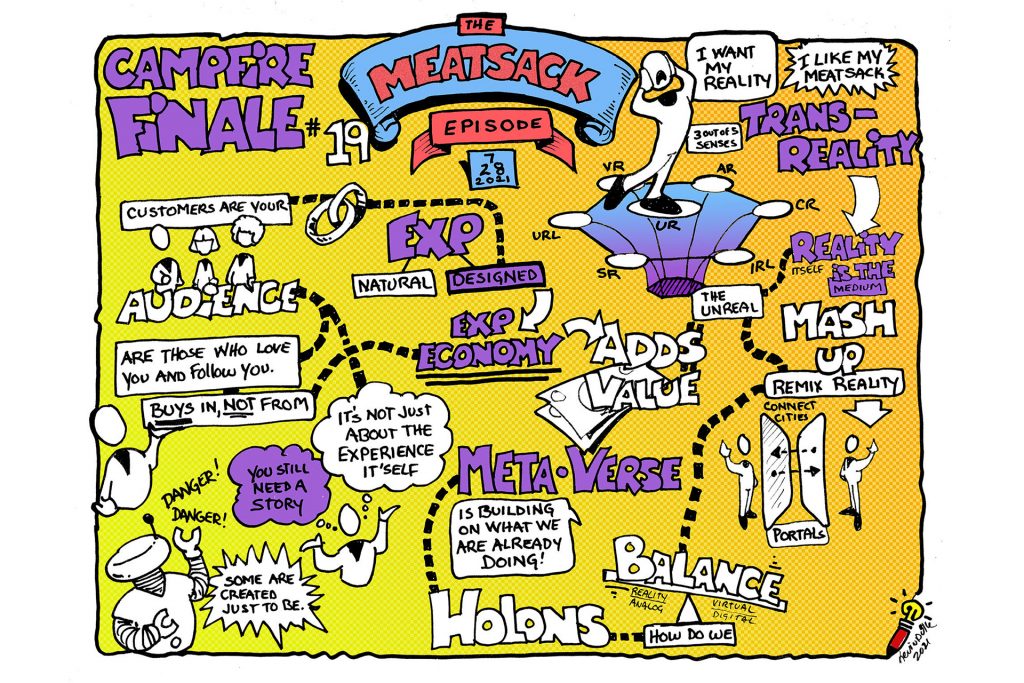
Part of our purpose at the WXO is to find new, compelling ways to define the Experience Economy – not only so we can explain it, but also so we can prove its reach, importance and value to society – so we couldn’t resist setting his ideas loose among our Campfire.
Justin’s talk set sparks flying, with our attendees building on his ideas to explain how they view the Experience Economy, as well as what his Map of Realities nails – or perhaps misses. Here are a few of the key takeaways from our 19th edition.
Separating errands from experiences
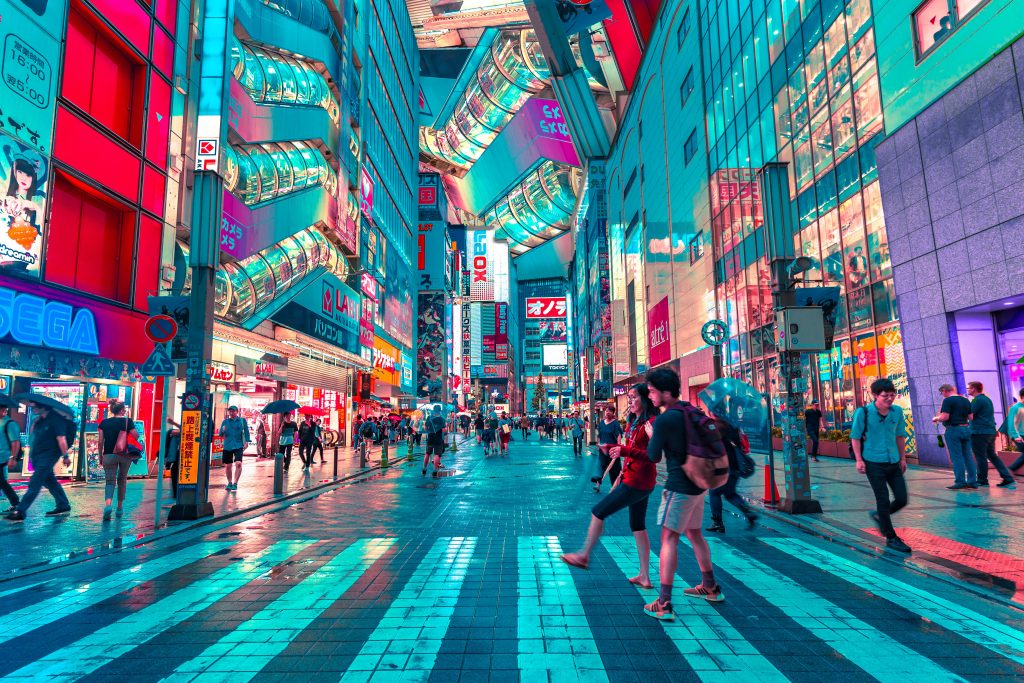
Perhaps one of the most valuable uses of the Map of Realities is in giving experience designers a series of paths to shift a service into an experience – a topic we’ve talked about in length, particularly in Campfire 5: How To Transform Services Into Experiences. Yoram Roth calls this the difference between “errands” and “experiences”.
“Think of it in terms of photography. We all have such a strong image filter that if we’re scrolling through social media, we can immediately recognise an ad and scroll past it. So if I can create an image that gives you pause, I’ve accomplished something. And that is how I think about experiences on the rawest level.”
Yoram Roth
While services are a race to the bottom – the lowest price, the fastest time – experiences are therefore a race to the top, looking to fulfil a deeper need in collaboration with the customer.
“The biggest issue with service is that it’s completely commoditised itself into a price war. The only way they’re going to get themselves out of this bloodletting, especially after the pandemic, is to become more unique, to have a story. And the only way to do that is to shift from having a barrier between provider and customer to marrying the customer and the provider together.”
Kevin Dulle
Counterintuitively, you have to ask the customer to give more in order for them to get more from the experience. Evan Tzeng has found this in his field of travel, tourism and hospitality.
“A huge part of shifting from a service to an experience comes down to shifting the power dynamics of the relationship between the host / provider and the guest / receiver.”
Evan Tzeng
The invisible hand of the experience designer
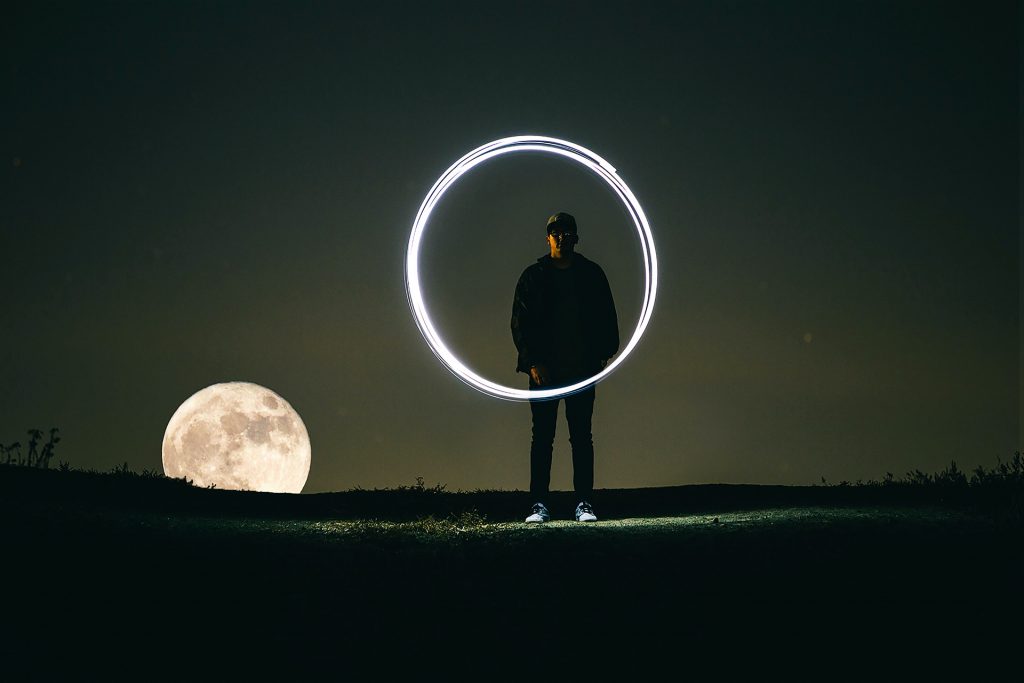
If co-creation is the key to extraordinary experiences, where does that leave the experience designer? Perhaps they should think of their role as an invisible curator – guiding, inviting and creating the right conditions for the magic to unfurl.
Charlotte-Amélie Veaux invoked the concept of the “magic circle”, as introduced by designer Ida Benedetto.
“The magic circle is the frontier between your everyday life and a specific place – a boxing ring, for example. In a boxing ring you can punch someone in the face, whereas in the street that’s not okay. So how do you create a magic circle when you create an experience? How do you make people understand that they’re stepping into another world? And how do you do it without being too didactic? If you have to tell someone how to switch on a lamp, it’s badly designed, even if it’s very beautiful. It’s the same for creating a magic circle.”
Charlotte-Amélie Veaux
Yet even if the role of the experience designer should feel organic, there is a big difference between an organic experience and one that has been designed.
“There are natural, ad hoc experiences, for example going to a movie not expecting much and walking out having witnessed a life-changing story that stays with you. But there are also experiences that you design for. You have to plan for them, design them, create them, build them. They have to be operated, they need to be sustained and maintained. That’s a process. It’s an investment. Some companies are willing to do that; other companies are not.”
Theron Skees
To get customers to participate in our experiences, we need to think of them not as customers, but as audiences.
“An audience is somebody that loves your brand, loves your content, and participates with you consistently over time. If we can get more companies to treat their products and services as an experience, making an emotional connection with an audience, then you’re guaranteeing more participation with that particular brand.”
Theron Skees

And the Map of Realities provides a palette for experience designers to play with in order to customise their experiences to a particular audience, increasing the likelihood of their participation – and transformation.
“The Map of Realities really helps explain what experience design is, and how many ways there are to design experiences… They’re a way of explaining how we create something for someone to walk through.”
Julian Rad
Reality consists of all five senses
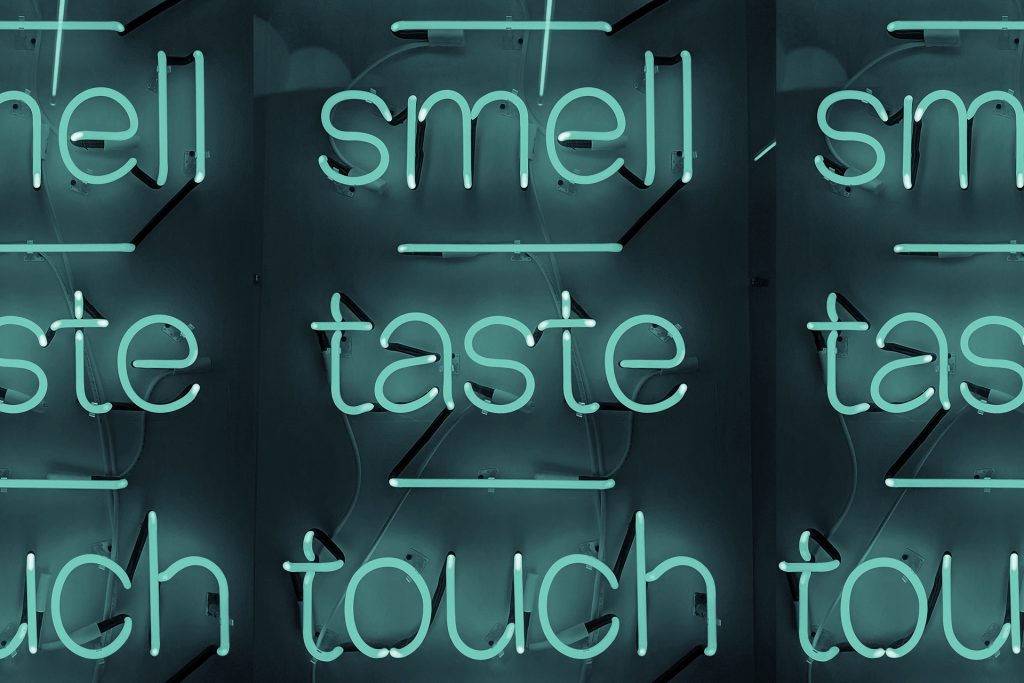
Although Justin’s map includes SR, or sonic, and visuals are implicit throughout, it doesn’t clearly define a space for our other senses of taste, touch or smell. For Bob Rossman, this presents a problem – how can you have “reality” without evoking all five senses?
“Artificial reality is like trying to create reality with your hand tied behind your back. You’re almost totally dependent on sight and sound, but you’re missing three of the senses – three of the five components of reality. I had COVID this year, and I lost my sense of taste and smell for a while. It was a different reality when they came back. That’s real life. So I just don’t see how sight and sound are going to create reality and hold people for the long term.”
Bob Rossman
This doesn’t mean that the Map of Realities is redundant, however – just that we should remember to engage all the senses when creating an experience. Julian Rad has found a practical use for including smell in an experience when trying to vacate a conference of 7,000 people.
“I’ll literally place chocolate-chip cookie stations right outside, because that smell of molten sugar and chocolate just draws everybody the hell out. Coffee is a great one. Popcorn works too!”
Julian Rad
Bridging the gap between realities
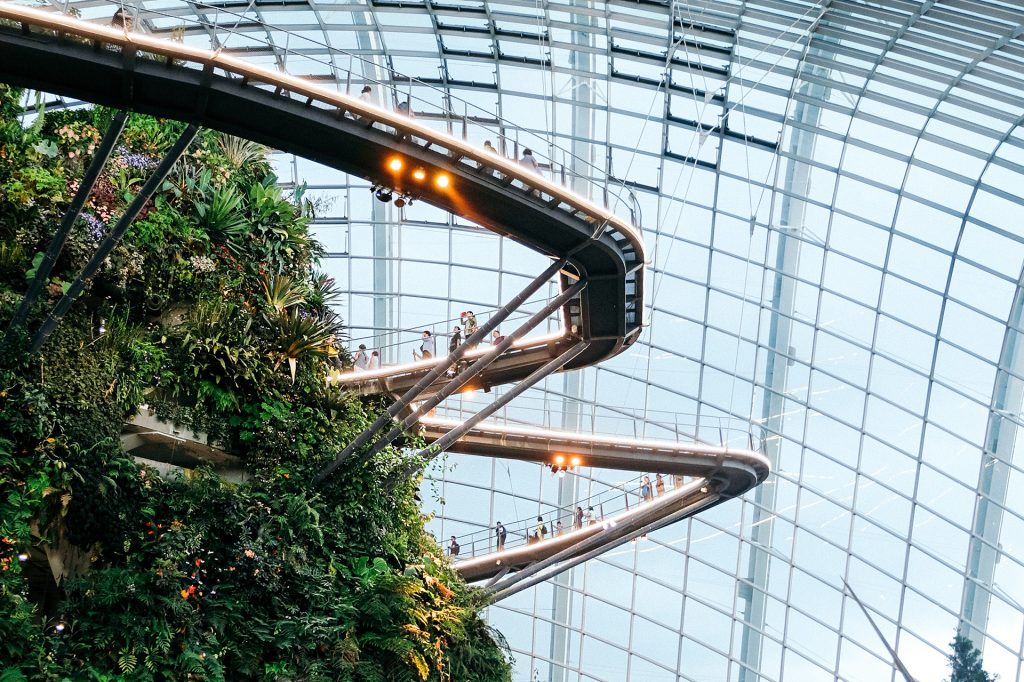
Bringing the senses into an experience is nothing new – think haptics, immersive VR experiences that involve scent and movement, and so on. But the really interesting conversation, according to Heather Gallagher, is in bridging these in-person and virtual worlds.
“How can they start to blend together seamlessly? There’s technology like Microsoft Mesh where in an AR experience, someone can see holographic versions of friends. Other people might be in a virtual experience where they’re seeing fully occluded avatars. Other people might be on a 2D version, where they’re dialing in through a screen. And others might be at a live show that’s happening simultaneously. That’s some serious reality-bending shit, because everyone’s having a valid experience. They’re playing together, and they’re all coming at it from different technologies, including their meat sack.”
Heather Gallagher
Increasingly, including the digital and intangible as part of a physical, tangible experience will be what people come to expect – displaying NFTs as part of an IRL exhibition, for example.
“There’s a whole other world of creation and assets that’s really valued by people who see a metaverse future for all of us. They are placing value and experience and artistic worth in these things, which are really just abstract concepts from blockchain technology, but yet they can be brought into real-life experiences. The meshing of all of these is what’s going to be expected going forward.”
Heather Gallagher
It all comes back to transformation
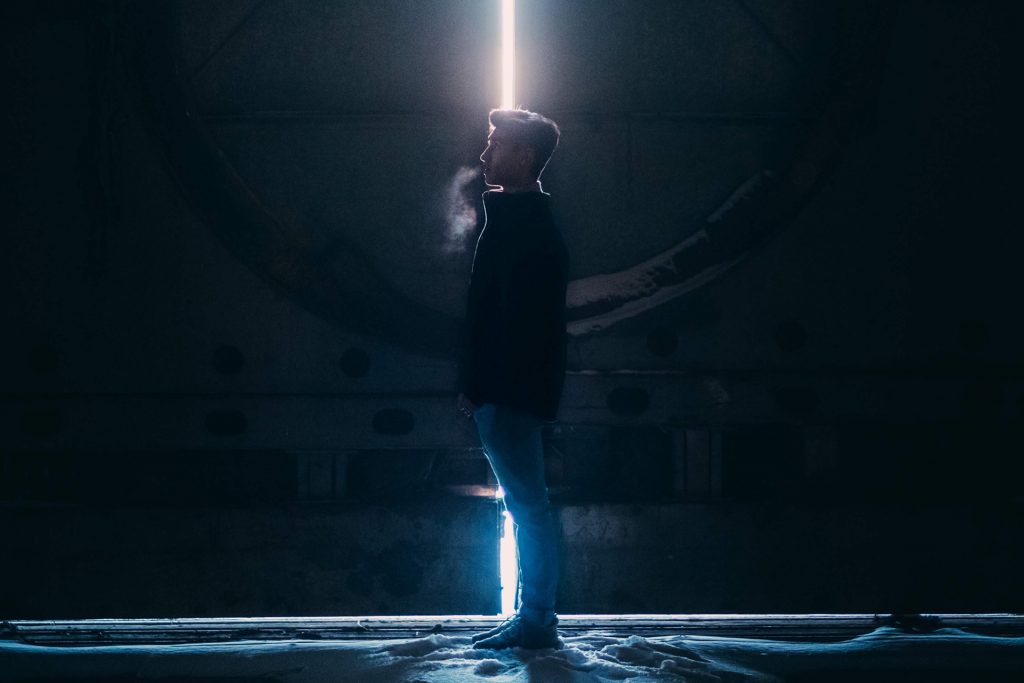
We’ve said it time and again – particularly in Campfire 7: Is It Possible To Design For Transformation? – but regardless of the path (or reality) we take to get there, the outcome of the experience is the most important element, not the experience itself. Transformation is the most powerful and elusive peak of the hierarchy of needs, and what we should always be aiming for.
“I like my meat sack.”
Yoram Roth
(We’ll let that one hang for a minute.)
“I like it a lot. And so sometimes I want the experience as a shared experience for the sake of having an experience. I want to meet somebody I can fall in love with. I want to have a conversation with friends. The experience is not the end goal. It’s just the tool to get me where I want to be.”
Yoram Roth
In this light, the Map of Realities is a great toolbox to help us reach this end goal, rather than a list of strict parameters.
“Doing anything for the sake of online or virtual or augmented technology is never what we would do. We would tell a story that’s specifically designed to connect with a specific audience, then we would look at this toolbox and pull the pieces to fashion them together to best deliver a story that sneaks up on you and leaves you with tears in your eyes. This is a great toolkit, but you still have to tell a story. That’s the heart of human interconnection.”
Theron Skees
(Incidentally, this is exactly what we want to do at the WXO – provide the tools that generate valuable and better experiences.)
Ultimately, the point of an experience is to trigger some sort of change, in the short or ideally long term. The tools in the toolbox might help us do this by providing new ways for people to connect who might otherwise have a barrier to do so:
“I’d like to point out the value of these kinds of experiences with regards to accessibility for people who are homebound or mobility challenged or any number of sensory issues. You are really opening the world of experience of the people who might otherwise have been left out.”
Cara Mandel
…by acting as a kind of stand-in therapist:
“I will say that through COVID, I found therapy in escaping reality. I found participating in virtual group experiences to be extremely cathartic. I’ve been attending a lot of immersive theater in VR, I’ve been doing a lot of escape room reviews in VR, I attended Burning Man.”
Cara Mandel
…or by challenging someone’s very worldview:
“Whenever you make an experience, you’re either reinforcing someone’s model of the world, or challenging it.”
Noah Nelson
However, if our aim is to take someone away from their everyday existence, is “realities” really the right language for us to be dabbling in? Perhaps we need a new terminology better suited to the new realms we want to explore.
“It strikes me that all this is about taking people outside of their realities. So when you see it as the objective, it just seems like the wrong starting point. I wonder whether there’s language that we can get to that is less reality-based and more fantasy and immersive, taking you to new places rather than suggesting that we’re going back to this grounded reality.”
Tom Ancona
The WXO Take-Out
As a visual representation of the Experience Economy, the Map of Realities isn’t perfect. We might wonder whether the language it uses is too restrictive, if it fails to account for the full range of the senses and human experience, or if it categorises experiences too fully into one corner.
However, considering the depth, range and potential of the Experience Economy, how could it be? Instead of an all-encompassing image, the Map is a springboard into the possibilities of analog and virtual technologies to elevate experiences, as well as a useful way to describe and explain their tangible effects to customers and investors.
Above all, it should be used as a spectrum – a palette of “primary realities” that experience designers can mix, match and blend to create experiences that “bridge the gap” between realities, bringing them closer to achieving the undying aims of any experience: co-creation and transformation.
Interested in taking part in discussions about experiences and the Experience Economy? Apply to become a member of the WXO here – to come to Campfires, become a better experience designer, and be listed in the WXO Black Book.

